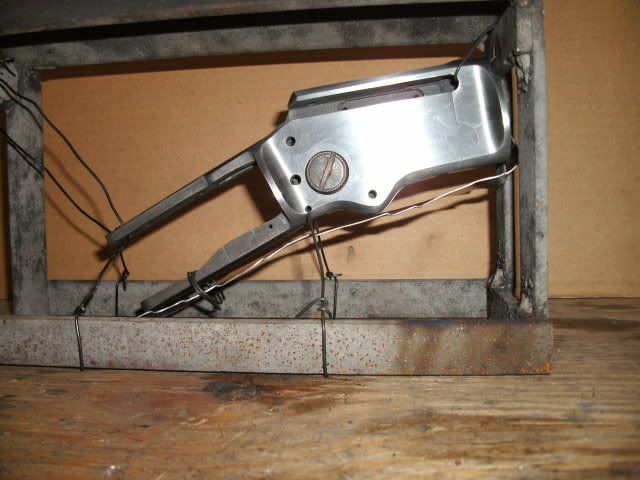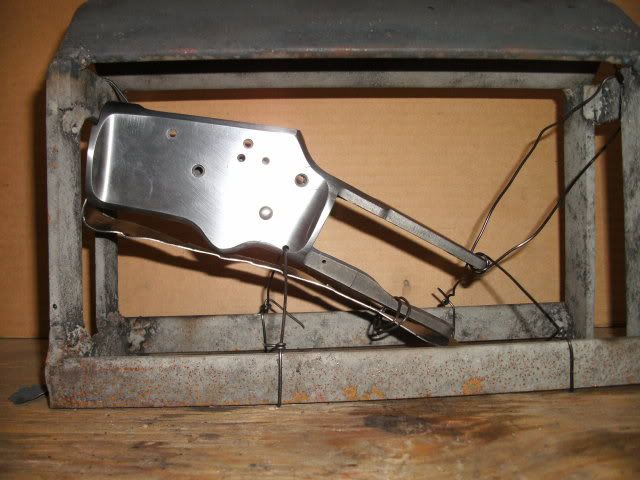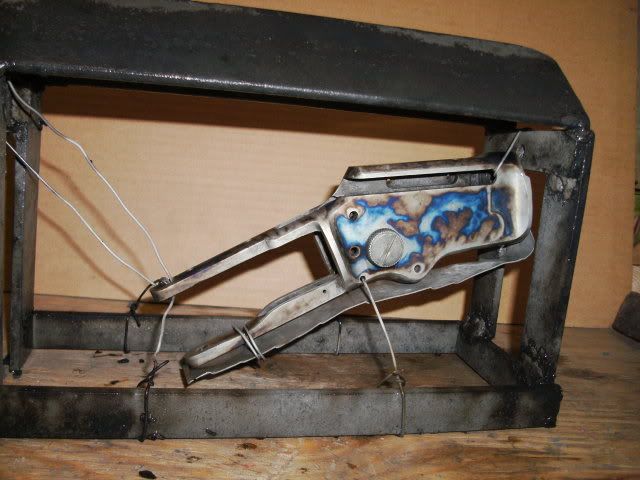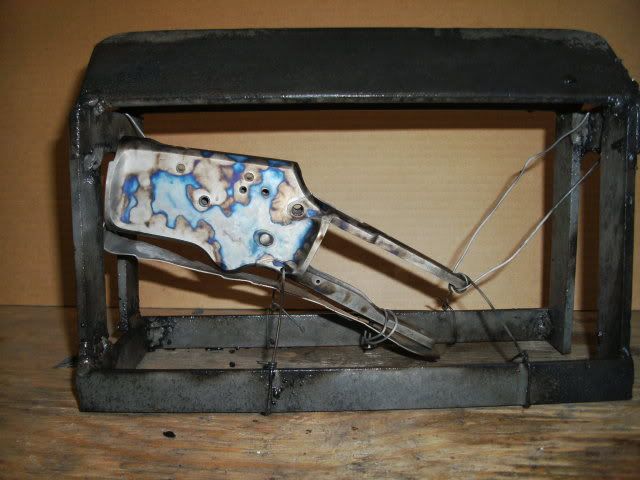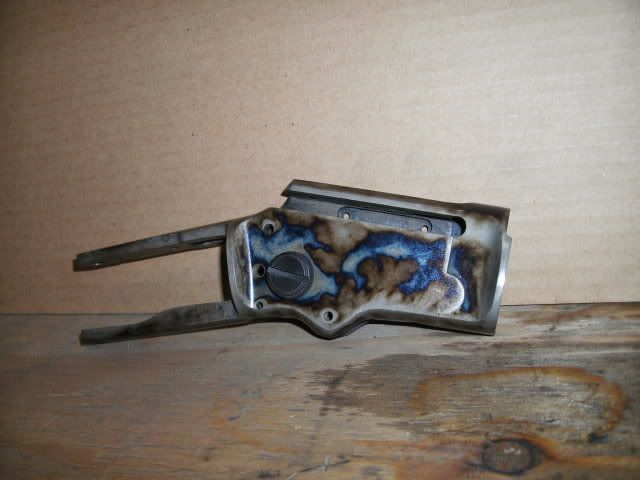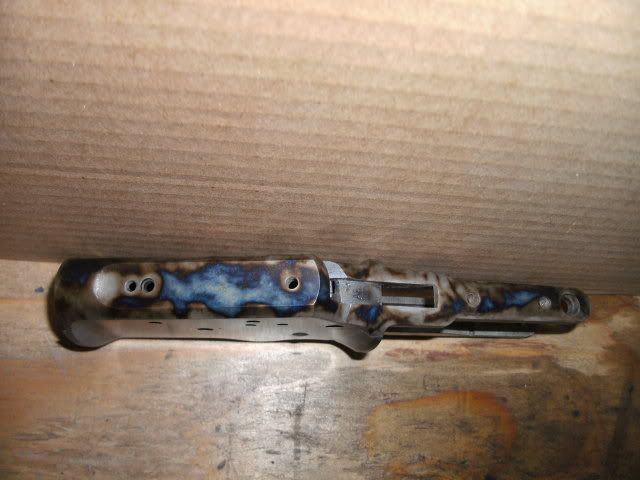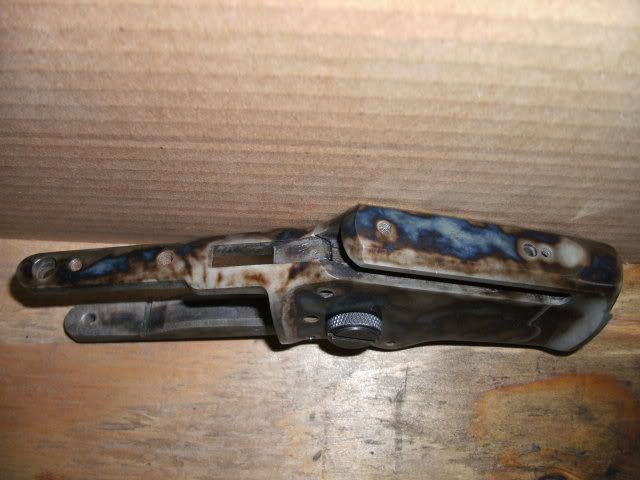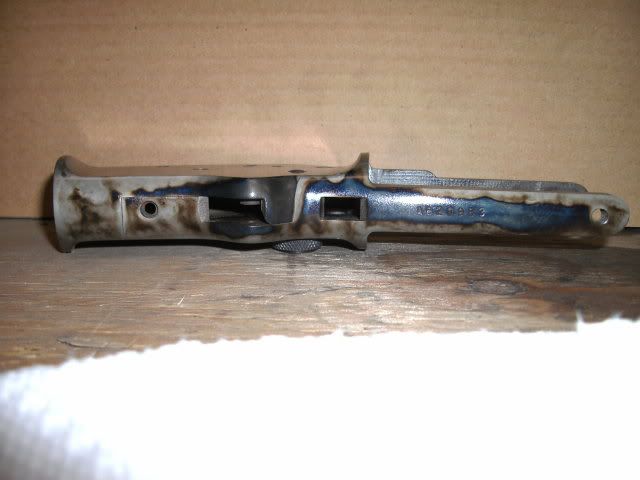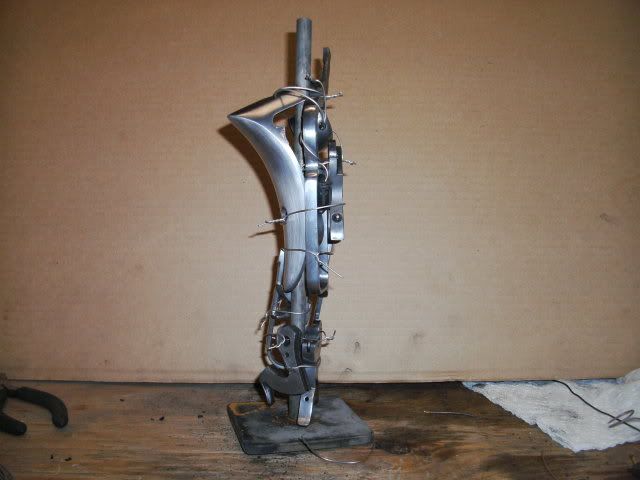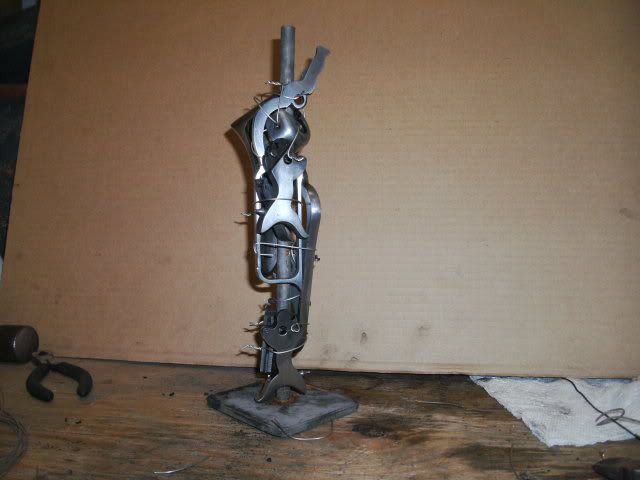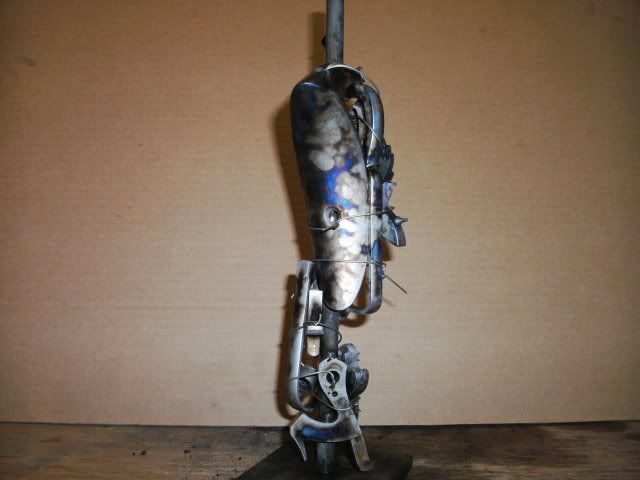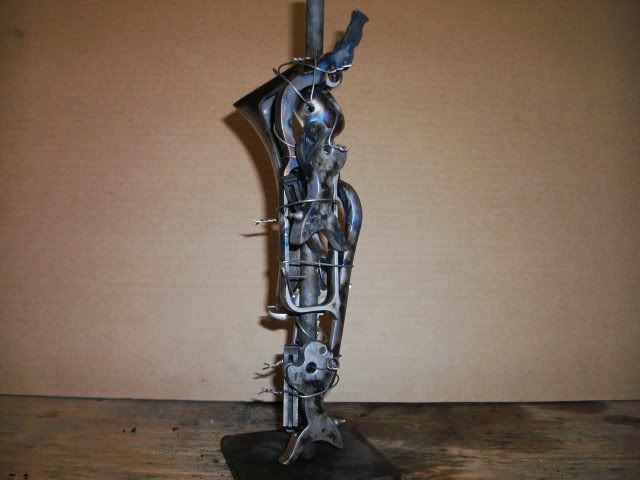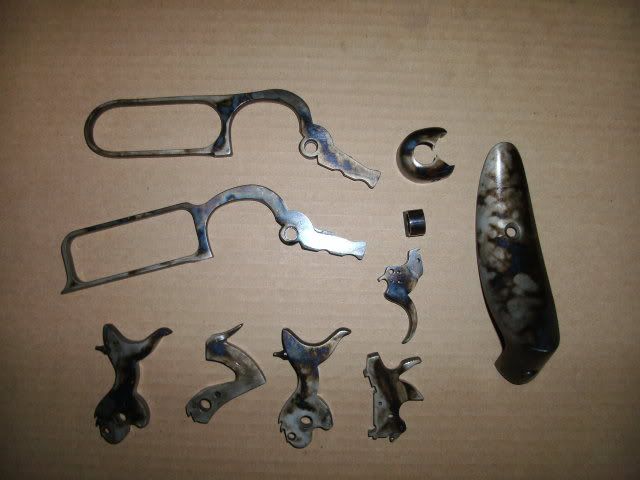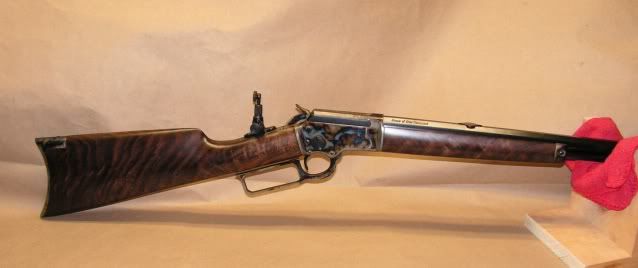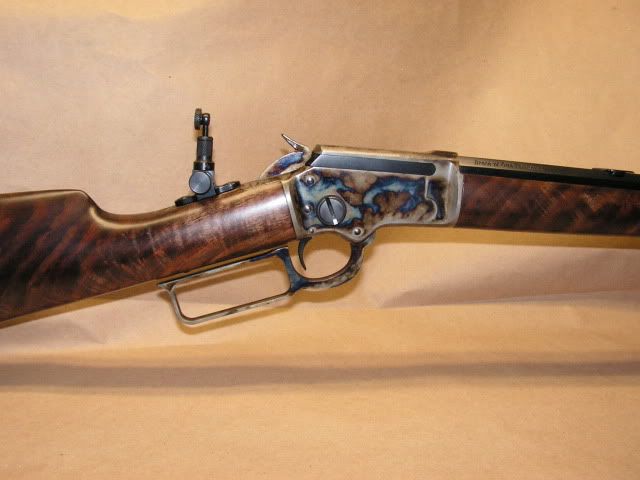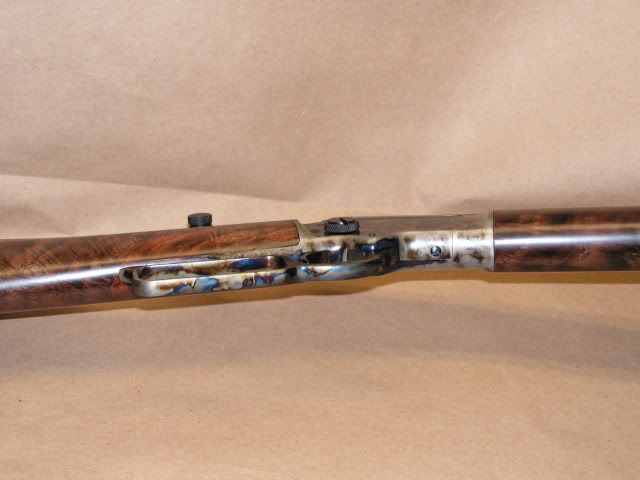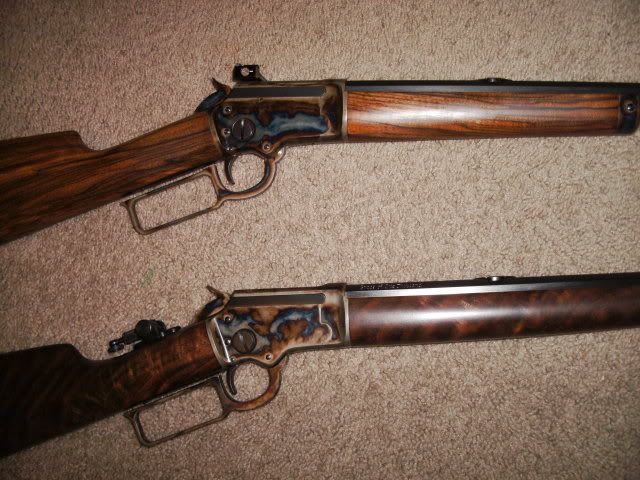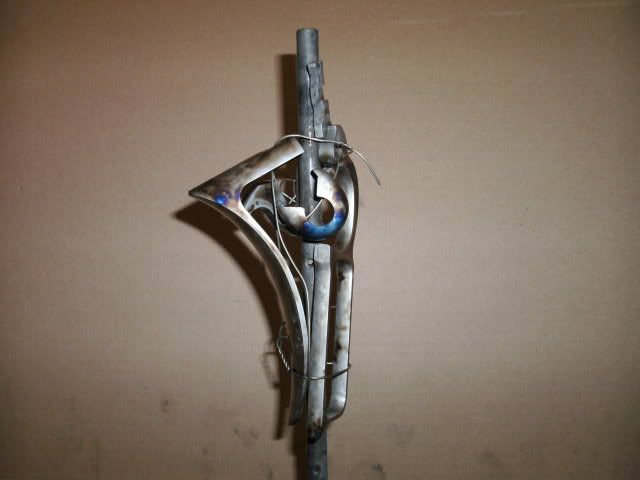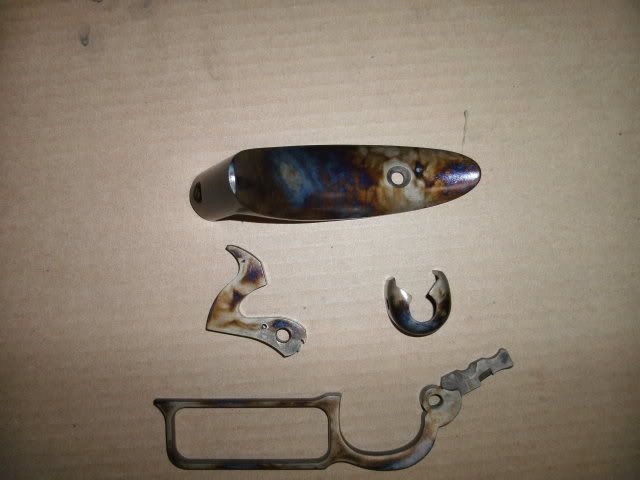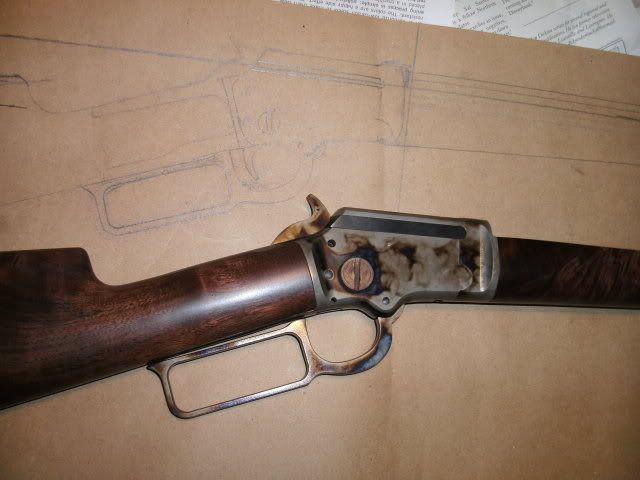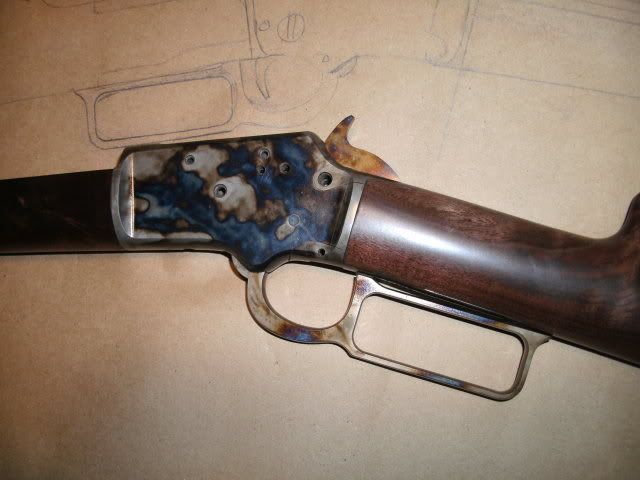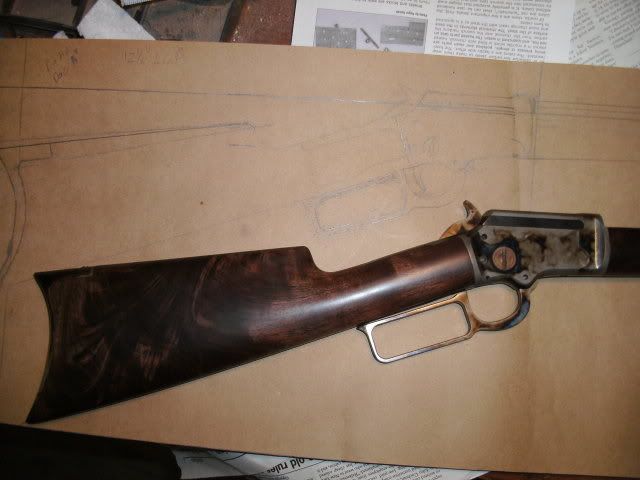O.K. I have been working on a Marlin 39m for my girlfriend and this weekend was cch time. At the same time I wanted to experiment with a variation to arrive at a harder core for parts made of 4140.
I want to be able to do ruger single shots, and ruger single action, and any other modern 4140 so I took some scrap pieces of barrel stock ran them at 1350 then ramp to 1100 then quench. I milled through the case and had them hardness tested. they came out about 21 Rc. I figured if I ran them to no higher than 1100 and then quench I should be getting around 29-30 Rc.
I am not too worried about weakening a 39m and these parts were ready to go so here is my guinea pig. Packed the parts in 1 1/2:1 wood bone Soaked at 1100 for 3 hrs and quenched here are the results.

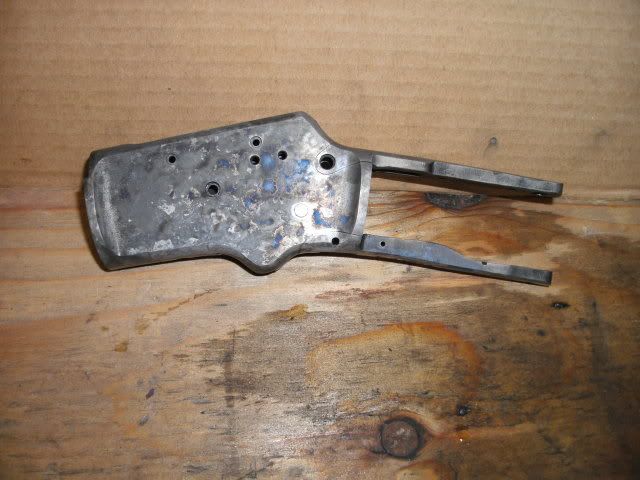
I thought maybe this wasn't enough time and the parts in the center of my crucible( almost 5" wide) were not getting to temp so I ran them again and same as before except a 5hr soak time at 1100 and quench. Here are the results.
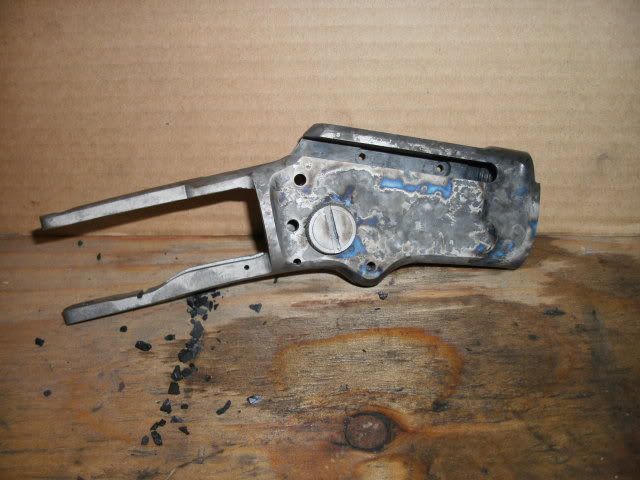
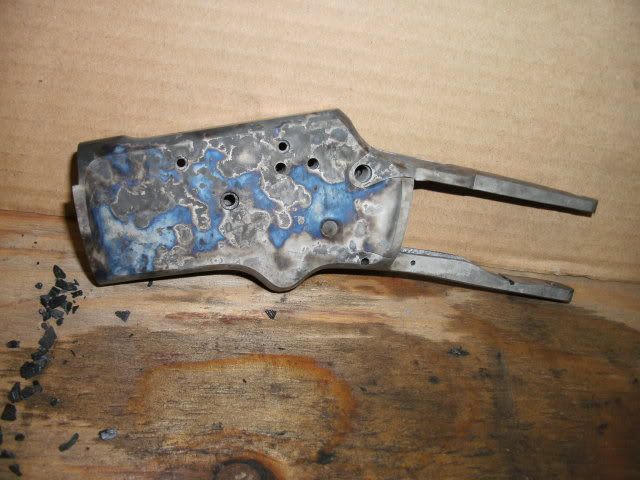
Disheartening. Not sure what is going on here so I ran the same parts again at regular program. ramp to 1350 hold for 2 hrs. drop to 1100 hold for 1/2 hr then quench. Here are the results.
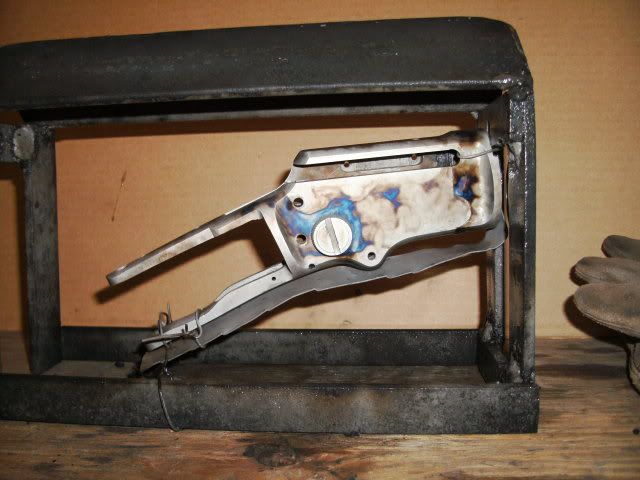
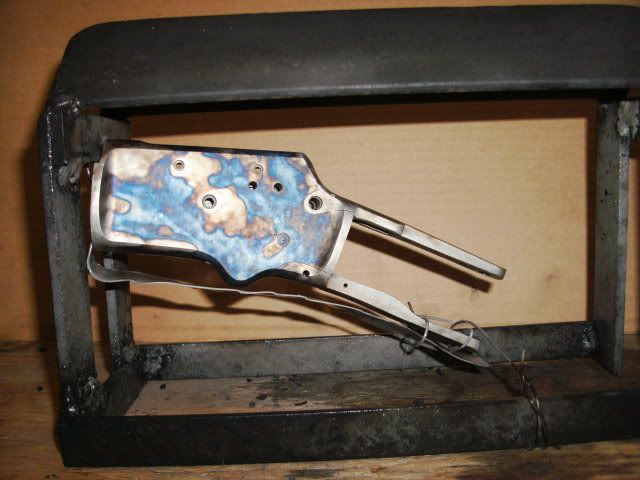
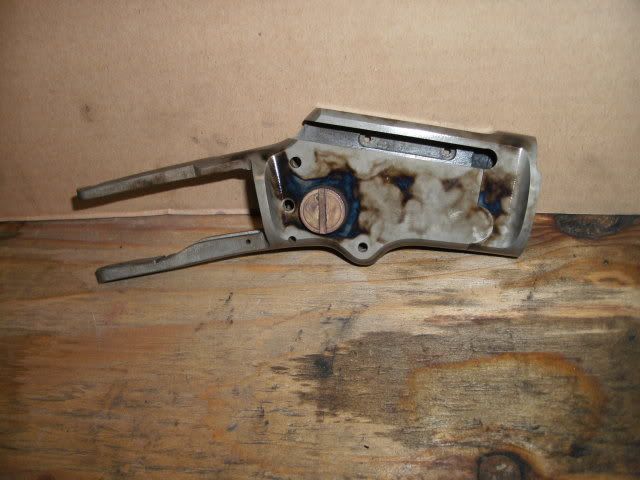
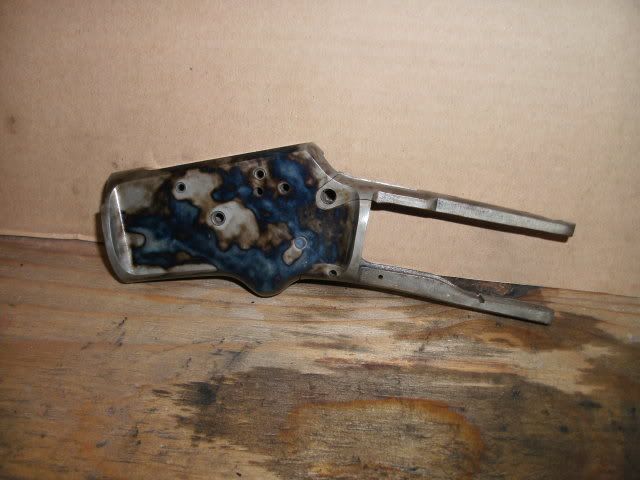
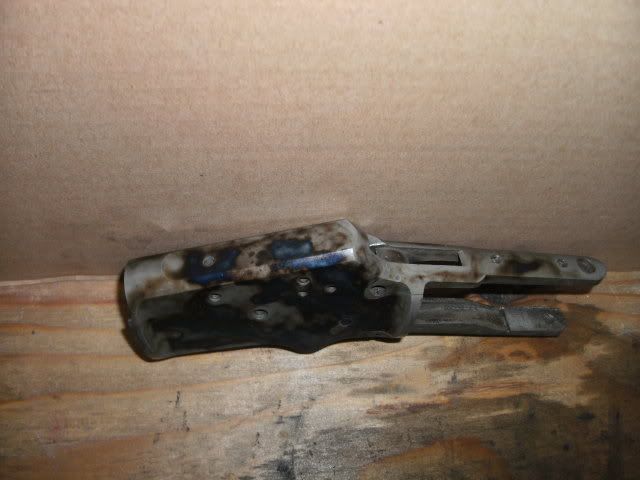
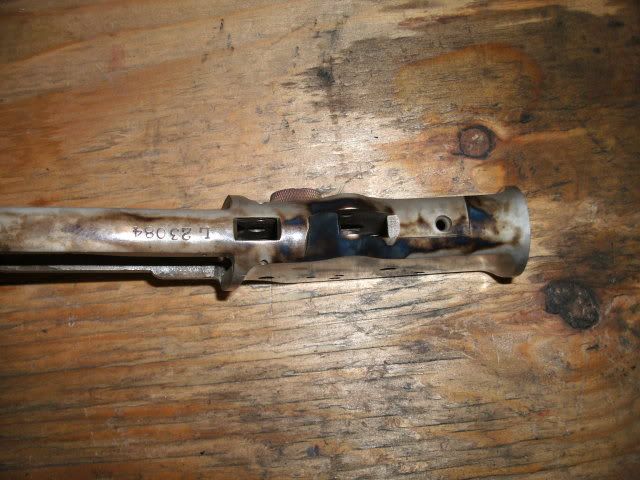
As you can see it came out great at this setting. Any help on getting colors at the lower temp would be appreciated. I might try the same again on some junker parts at 1150 and 1200. and see if I can get colors and then hardness test. Thoughts?
Brad Hurt




